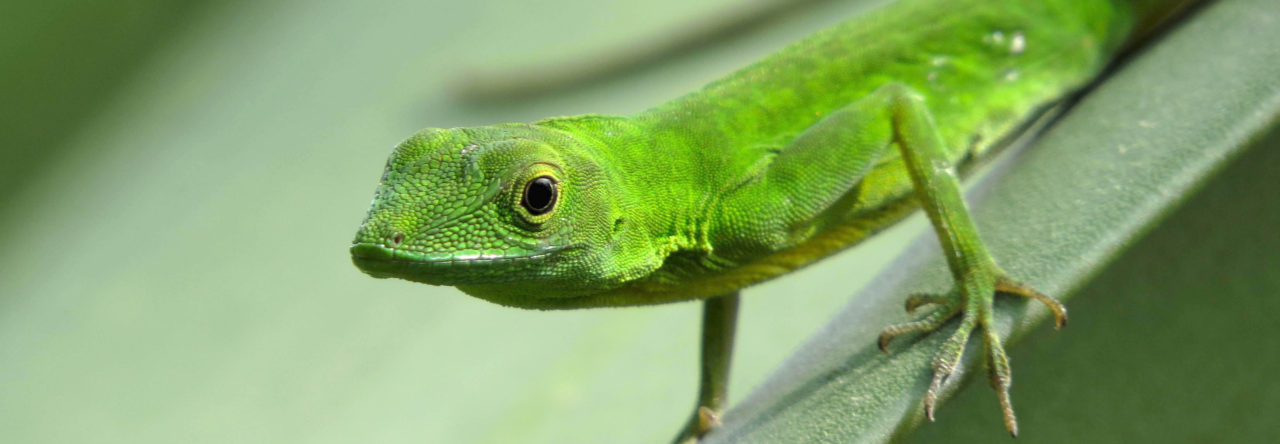 The cavalcade of new anole species continues with Gunter Köhler’s description of a new species, related to A. altae, from Costa Rica. The last few years have seen a steady progression of new species descriptions, almost all from Central and South America. Anolis must be pushing 400 species by now. Anyone got an up-to-date total?
The cavalcade of new anole species continues with Gunter Köhler’s description of a new species, related to A. altae, from Costa Rica. The last few years have seen a steady progression of new species descriptions, almost all from Central and South America. Anolis must be pushing 400 species by now. Anyone got an up-to-date total?
And who’s described all these species? Rich Glor is in the midst of a five-part series identifying the big guns in Caribbean island species descriptions, but I reckon the mainlanders have been described by a very different crowd. Certainly in recent times Köhler, Poe and others must be up there, but it would be interesting to see who historically has been the most prolific. Perhaps a job for someone from Team Norops?
 In any case, down to the nitty-gritty. What used to be known as A. altae has been divided now into seven allopatrically-distributed species at high elevations in Costa Rica.
In any case, down to the nitty-gritty. What used to be known as A. altae has been divided now into seven allopatrically-distributed species at high elevations in Costa Rica.








